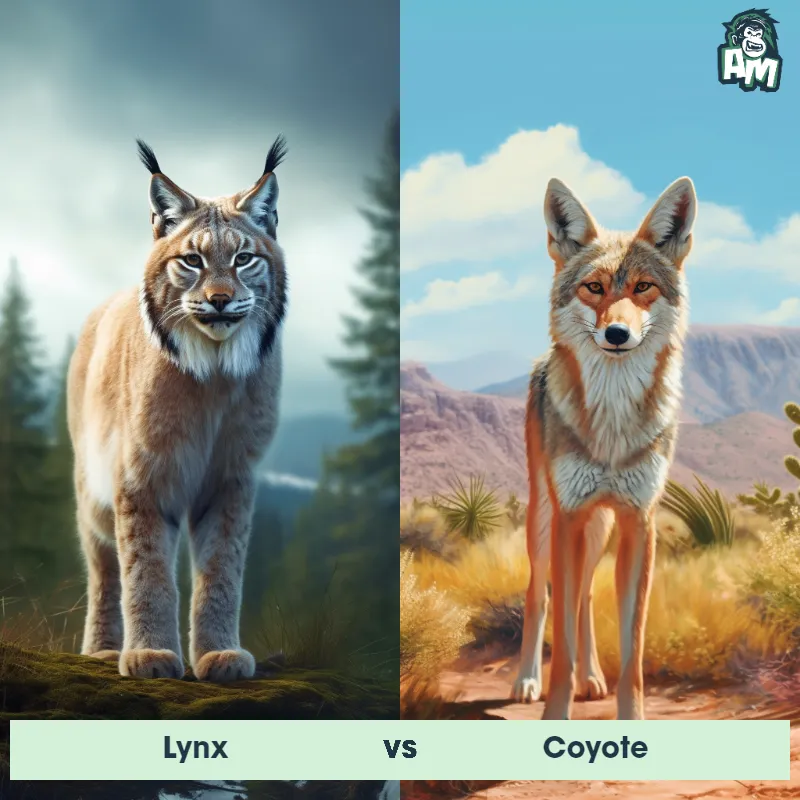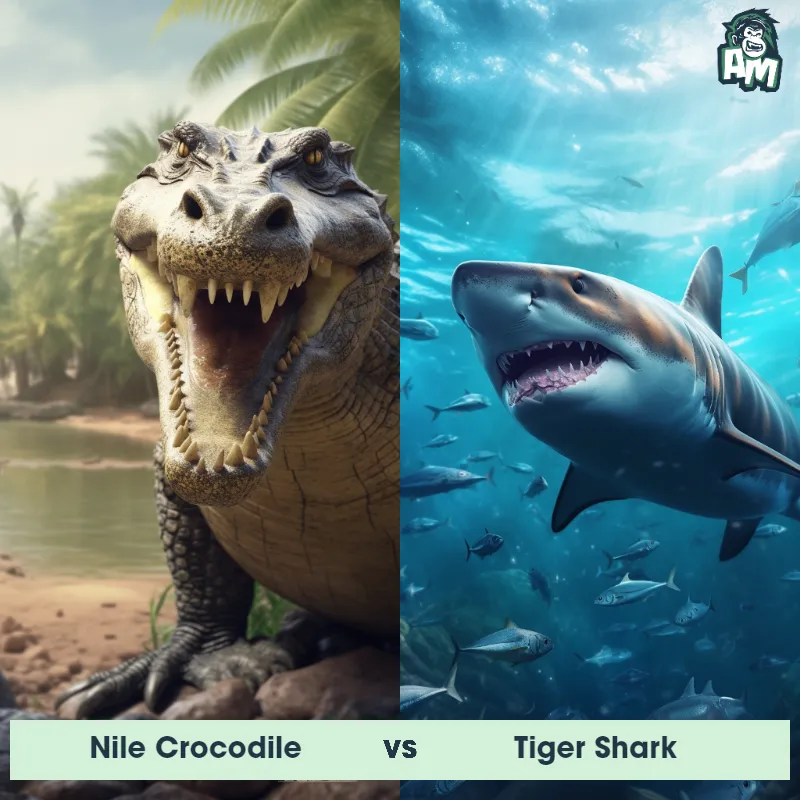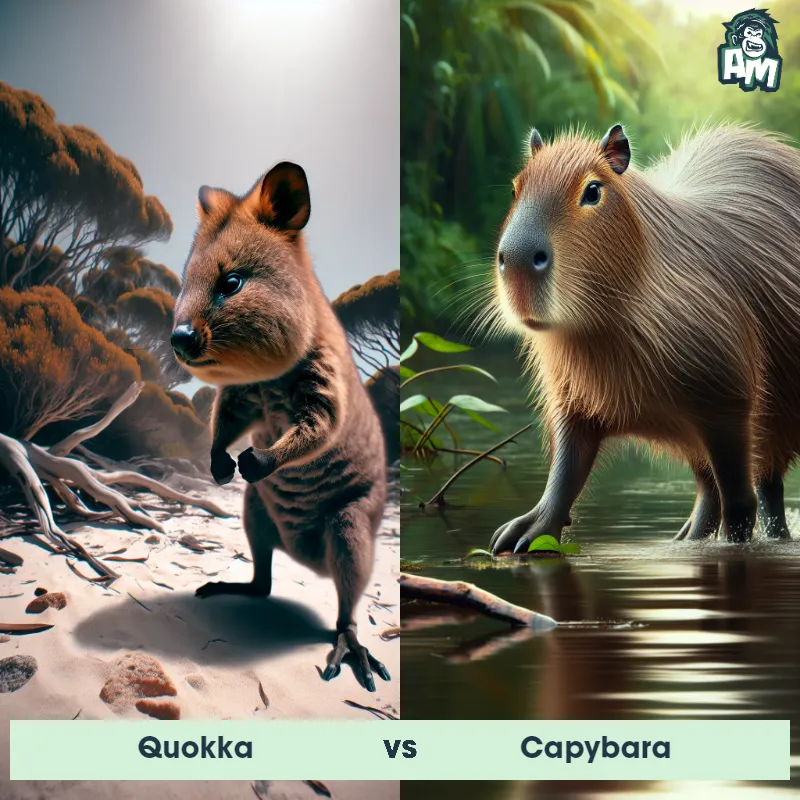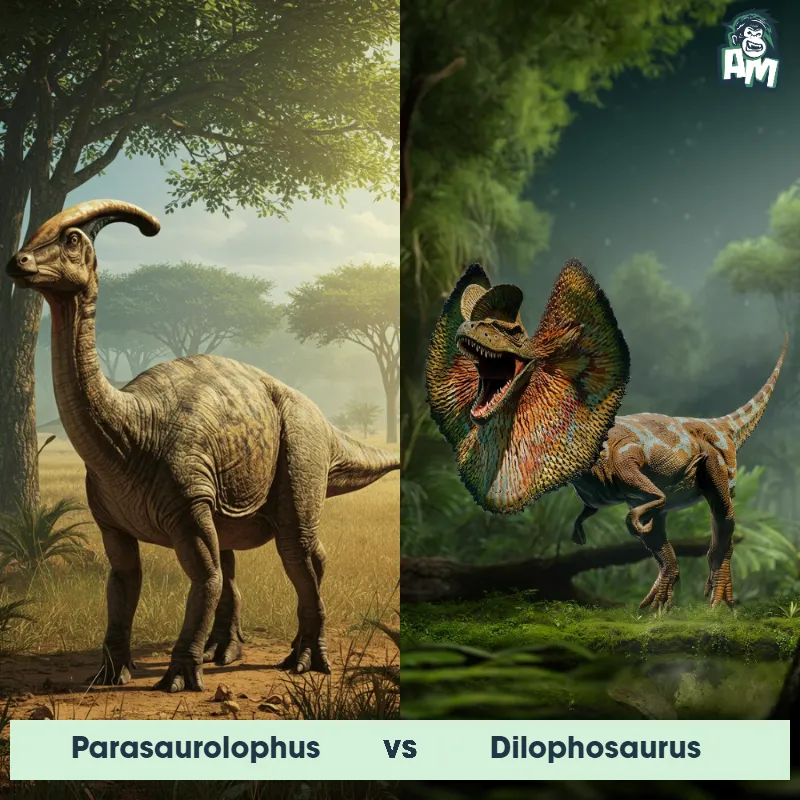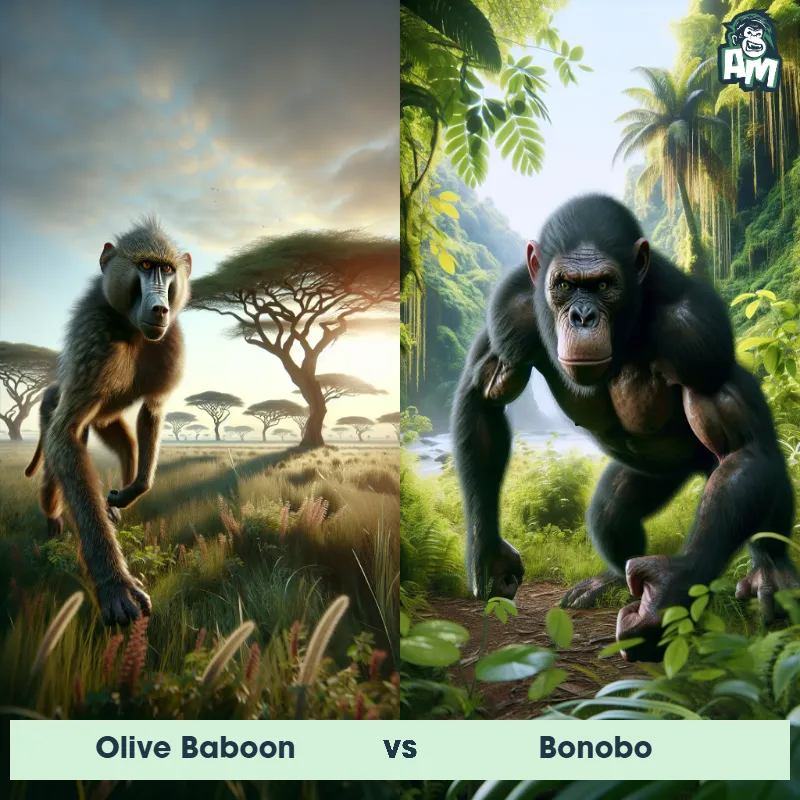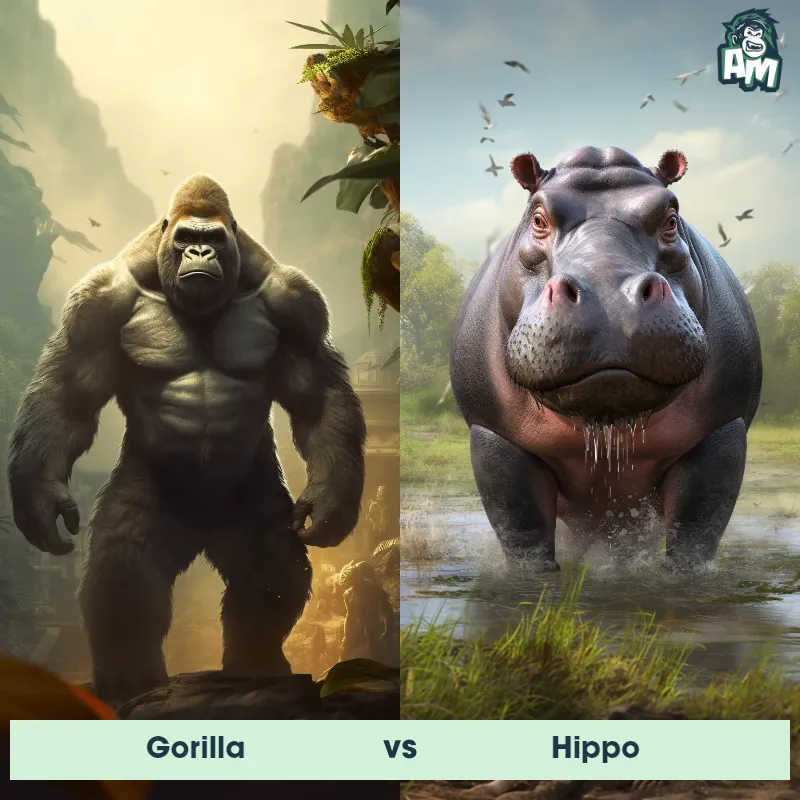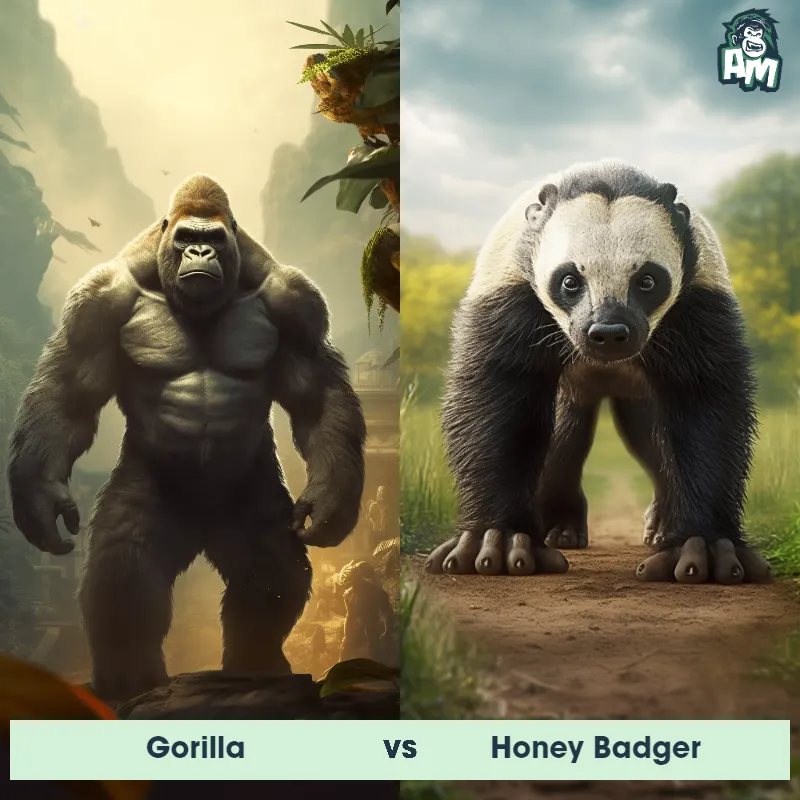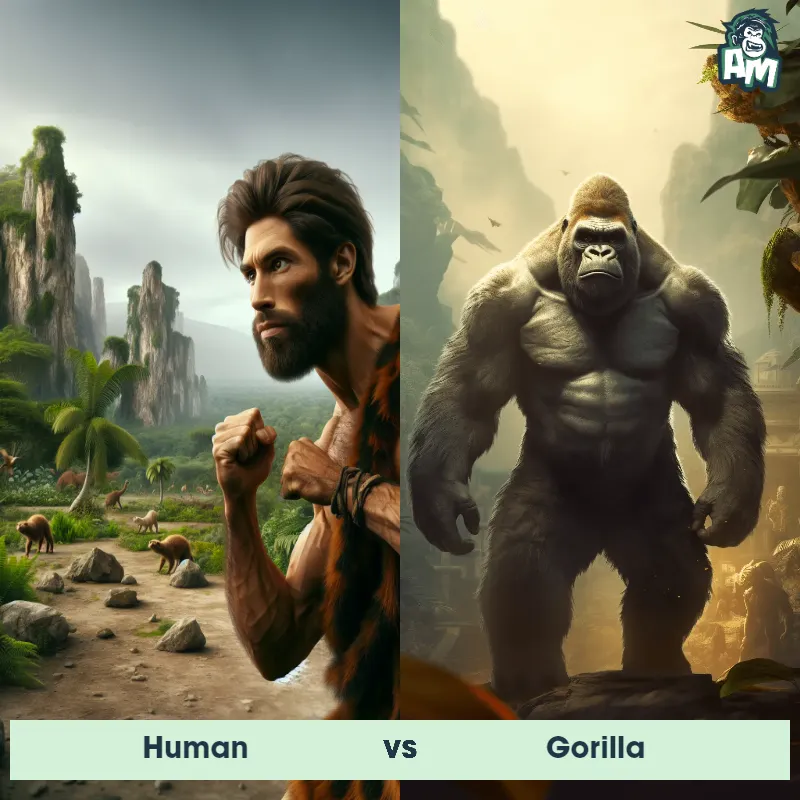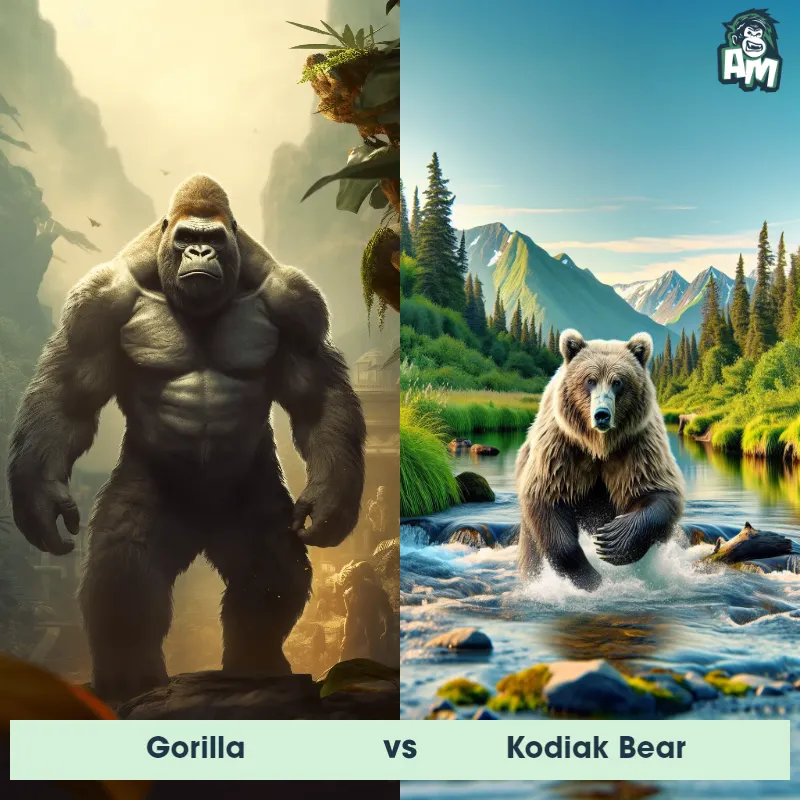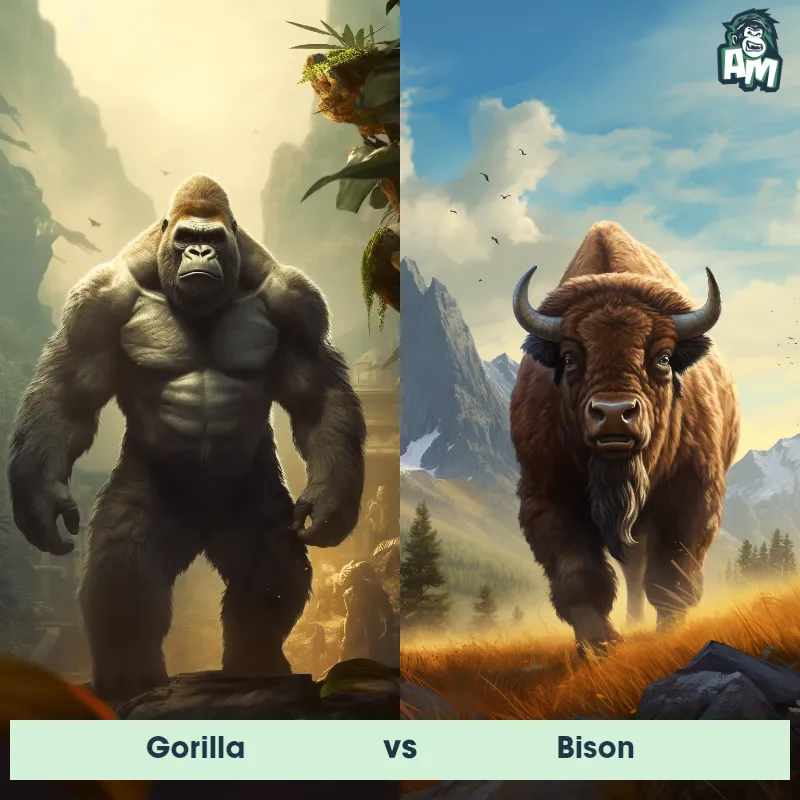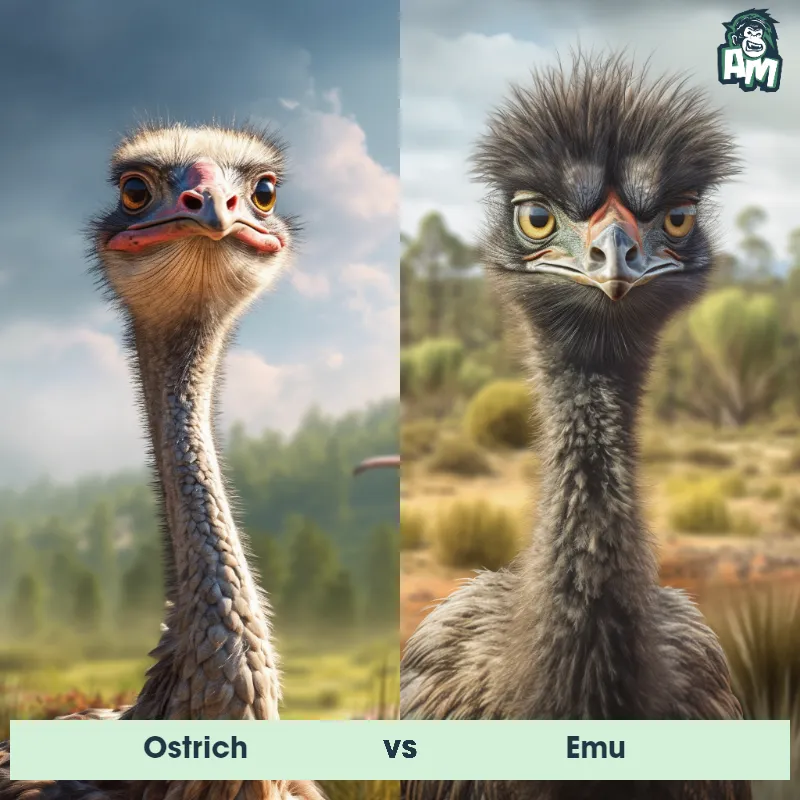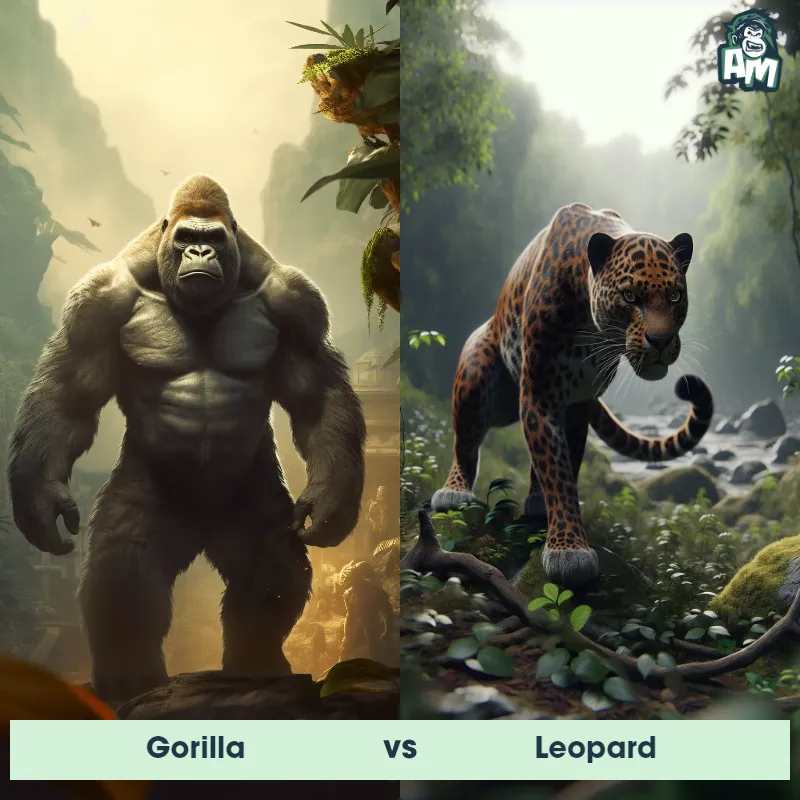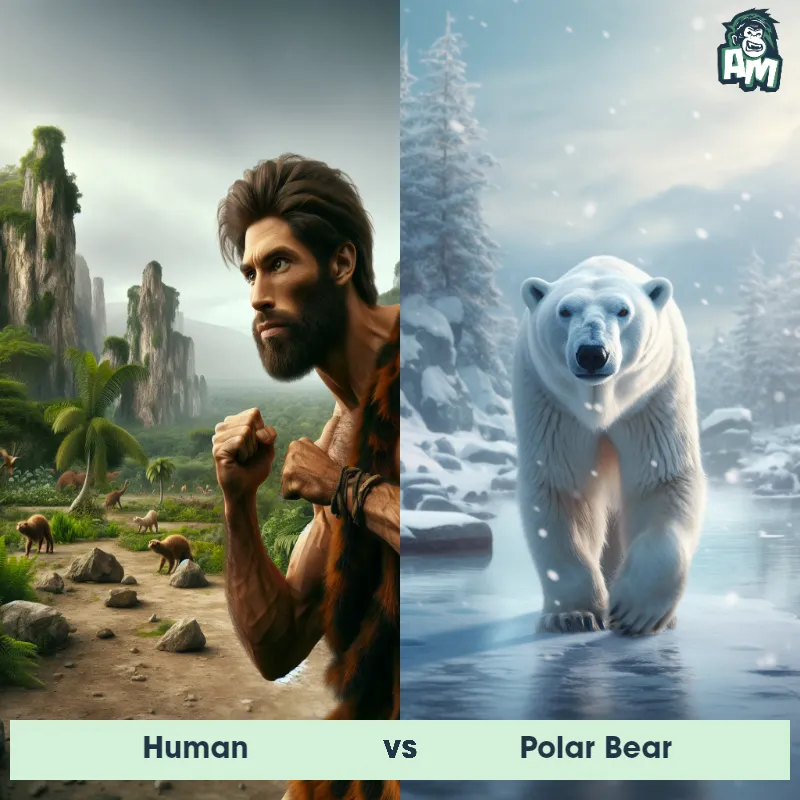Human vs EmuSee Who Wins

Welcome sports fans to this epic matchup between a human and an emu! Both competitors are ready to give it their all in this three round fight. Who will come out on top? Let's find out!
Contender 1: Human
The human, Homo sapiens, is a highly intelligent and social primate species. They are characterized by their upright posture, opposable thumbs, and relatively hairless bodies compared to other mammals. Humans have complex brains that enable them to think, reason, and communicate through language. They possess a wide range of physical variations in height, weight, and skin color due to genetic diversity. Humans are known for their adaptability and capacity to use tools, which has allowed them to thrive in a variety of environments across the globe.
![[object Object] Gif](https://tenor.com/view/hungry-caveman-muppetwiki-muppet-wiki-jim-henson-gif-11005515308056547982.gif)
Fun Fact: Humans are the only known species capable of abstract thinking, allowing them to conceptualize ideas and think in terms of concepts that do not have a physical presence.
Contender 2: Emu
The Emu is a large flightless bird native to Australia. They are the second-largest bird in the world, standing up to 6 feet tall and weighing up to 120 pounds. Emus have long necks and legs, small wings, and a distinctive shaggy plumage that ranges from brown to gray. They are known for their curious and social behavior, often traveling in groups and communicating with a range of sounds and body language.
Fun Fact: Emus have a unique feature called a "dewlap," which is a flap of skin that hangs from their neck. This dewlap can change color depending on the bird's mood, turning blue when they are excited or angry and pale when they are calm.
Matchup Stats
| Human | Emu | |
|---|---|---|
| Size | Average height of 5 feet 7 inches (170 cm) | Up to 6 feet tall (1.8 meters) |
| Weight | Average weight of 154 pounds (70 kg) | Up to 120 pounds (54 kilograms) |
| Speed | 27.8 mph (44.7 km/h) | Speed: 30 mph (48 km/hr) |
| Key Strength | Intelligence and ability to strategize | Powerful legs and sharp claws |
| Biggest Weakness | Lack of physical strength compared to some animals | Small wings and lack of aggression |
Current Votes
Human vs Emu
See Who Wins
View More Matches
Looking For More?
Similar Matches
Scientific Stats
| Human | Emu | |
|---|---|---|
| Scientific Name | Homo sapiens | Dromaius novaehollandiae |
| Family | Hominidae | Dromaiidae |
| Habitat | Diverse habitats, including forests, grasslands, deserts, and urban areas | Grasslands, savannas, and forests |
| Geography | Found on all continents | Australia |
| Diet | Omnivorous, with a preference for cooked food | Omnivorous, eating plants, insects, and small animals |
| Lifespan | 70 years - 90 years | 10 years - 20 years |
Key Differences between Human and Emu
- Coloration: Emus have a distinctive dark brown and black plumage, while humans have a wide range of skin tones and hair colors.
- Size: Humans are generally much taller and larger in overall body size compared to emus.
- Posture: Emus have a more upright, hunched posture due to their anatomy, while humans typically stand upright with a straight back.
- Beak: Emus have a long, slender beak that they use for eating plants and insects, while humans have a flat, round mouth for chewing food.
- Feathers: Emus have feathers covering their whole body, while humans only have hair on specific areas such as the head and body.
- Feet: Emus have large, three-toed feet adapted for running, while humans have smaller, five-toed feet adapted for walking.




